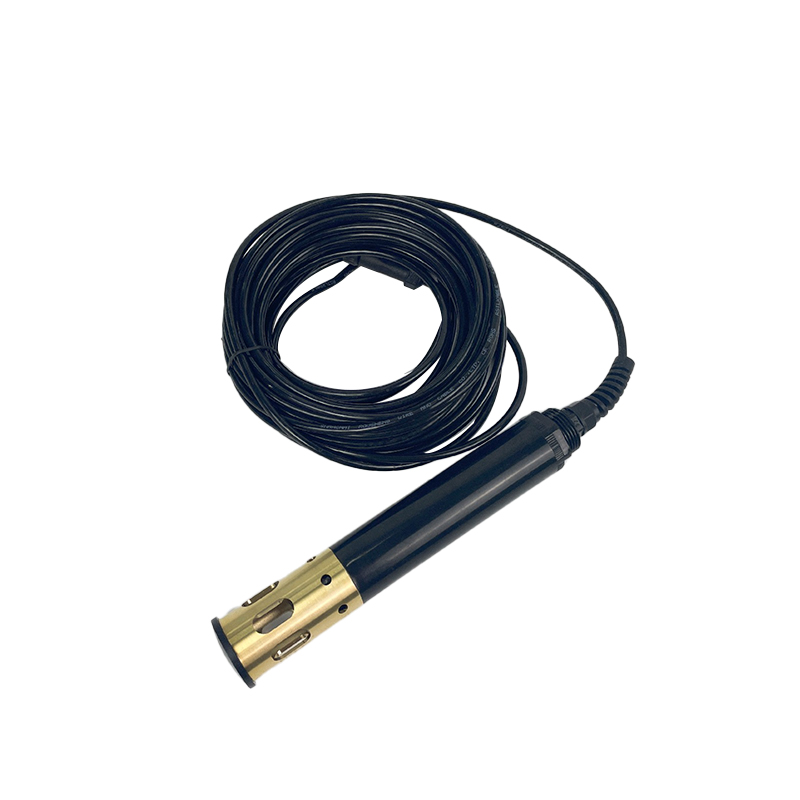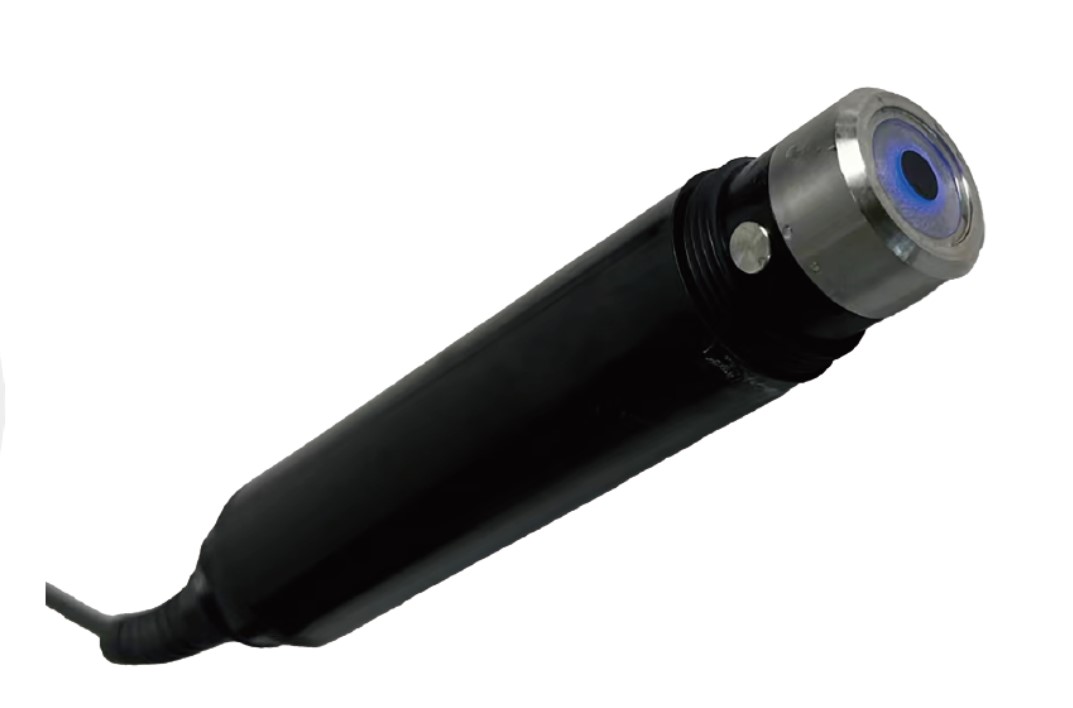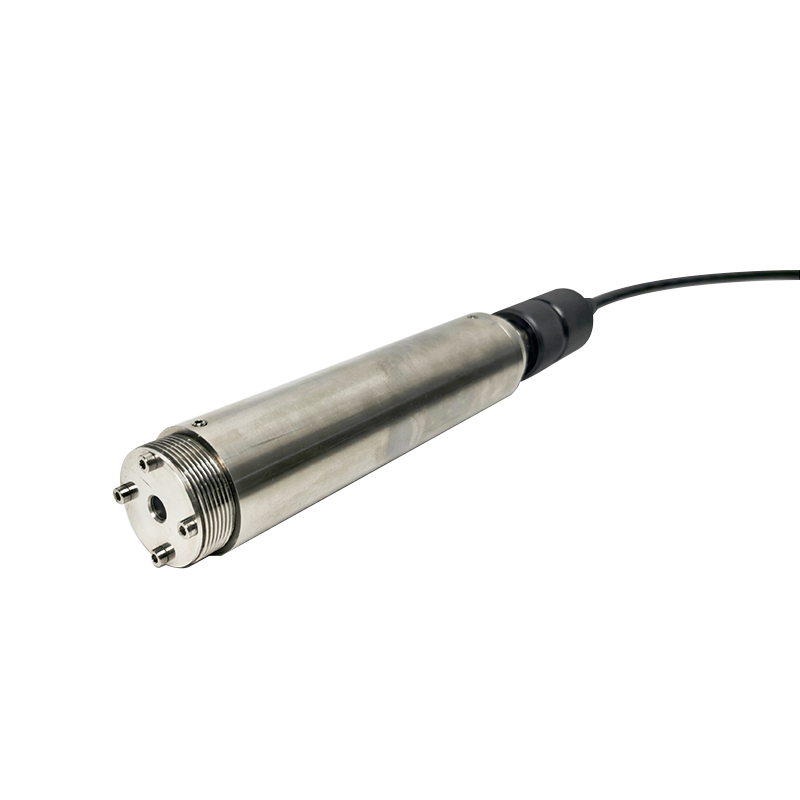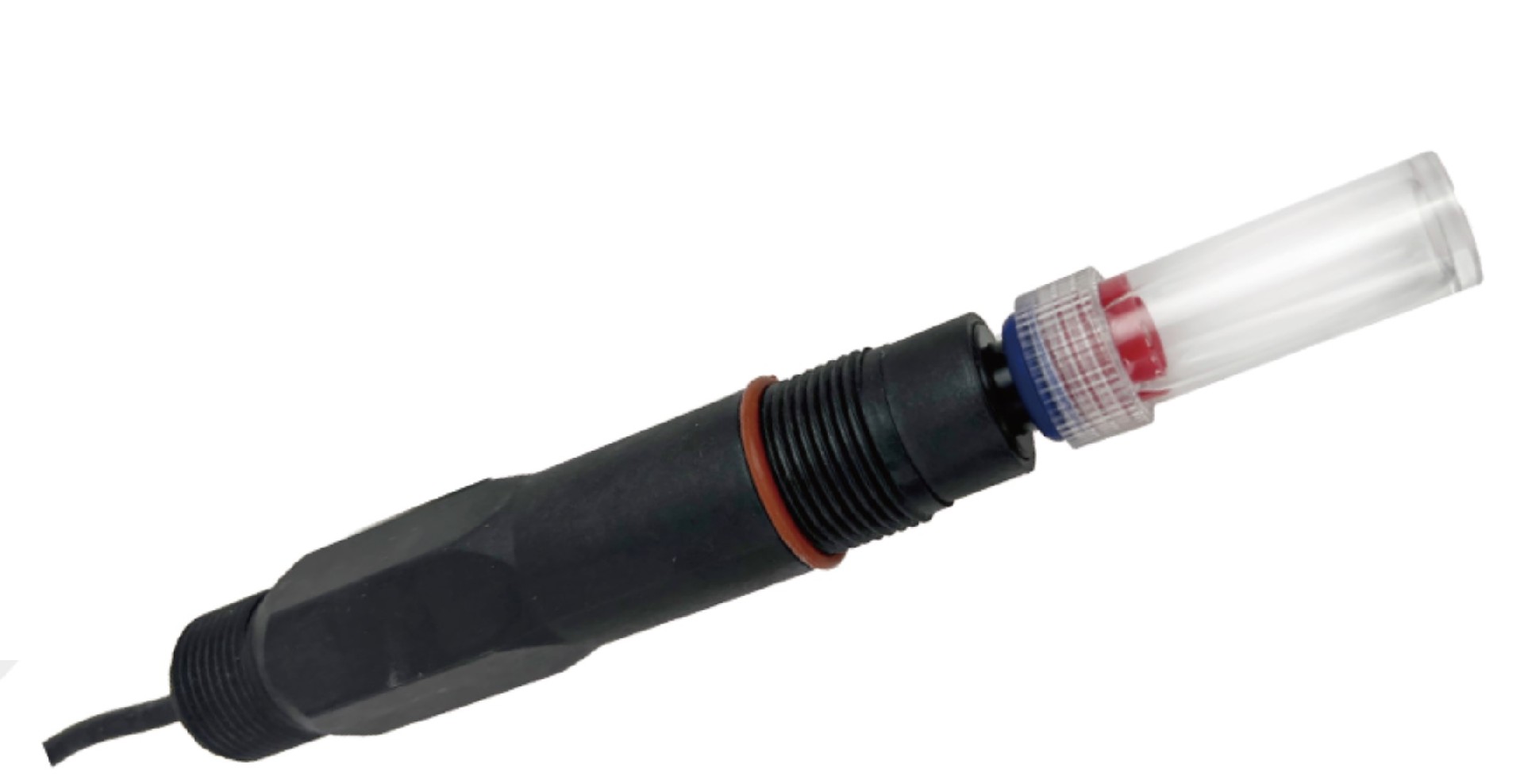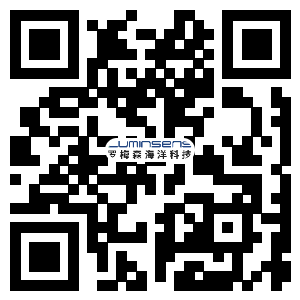The prevention and control of pollution, in accordance with the policies of the Communist Party of China and the deployments made by the Second, Third, and Fourth Plenary Sessions of the 18th Central Committee on the construction of ecological civilization, was implemented. In 2015, the Ten Water Measures with the core of improving water environment quality were introduced.
In the national industrial system, industries with severe sewage and wastewater discharge include petroleum, mining, power, steel, chemical, textile, electroplating, papermaking, pharmaceutical, and animal husbandry. Therefore, related enterprises have a high demand for water quality testing. Environmental protection has been increasingly valued by the country, and environmental quality has been emphasized. As a sub field of environmental protection, the water quality testing industry has also received attention from various levels of departments.
The contribution of aquaculture to global seafood is increasing every year. In 2016, aquaculture produced 110.2 million tons of seafood, valued at 243.5 billion US dollars, accounting for 53% of global seafood supply. According to data from the Food and Agriculture Organization, 90% of production is in Asia. In order to maximize investment growth while minimizing ecological impacts, the government and society are trending towards catching up with the arrival of a new era of intelligent aquaculture!
All of these trends clearly reveal the increasing environmental footprint of aquaculture in Asia, as China and Southeast Asia account for 90% of global production, which could be dangerous if not controlled, but the main participants are aware of this and are taking measures to reduce its ecological impact.
For example, the Chinese government is attempting to shift from inland freshwater aquaculture to marine aquaculture, while also cracking down on illegal and polluting aquaculture. A series of measures undoubtedly increased the protection of rivers and natural watersheds, and further confirmed our commitment to high-quality, high-yield intelligent aquaculture models. Aquaculture is growing and maturing, and these emerging trends indicate that farmers, feed producers, and investors will have to refer to these directions when planning and preparing for the future.
The management of water quality in fish ponds directly affects the efficiency of fish farming. The main indicators for measuring the quality of fish pond water include temperature, pH value, dissolved oxygen value, and transparency. Different fish have different requirements for water temperature. Silver carp, bighead carp, grass, carp, and flathead bream are warm water fish, and the suitable water temperature for living is 20 ℃ to 30 ℃. Tilapia belongs to the tropical fish category, and the suitable water temperature is between 25 ℃ and 34 ℃. In order to create a suitable temperature environment for fish, it is necessary to constantly monitor the temperature changes of the pool water; The pH value of the pond water not only affects the growth and life of fish, but also affects the nutrients in the pond water. Therefore, lime is commonly used to regulate the pH value of the pond water. For warm water fish such as silver carp, bighead carp, grass, carp, and flathead bream, they prefer alkaline water with an appropriate pH value of 7.5-8.5; The suitable dissolved oxygen value for general fish is above 3 milligrams per liter. When the dissolved oxygen value in water is less than 3 milligrams per liter, fish stop feeding and growing; When the dissolved oxygen value is less than 2 milligrams per liter, fish will have floating heads; Death begins at 0.6-0.8 milligrams per liter; The so-called transparency refers to the degree to which sunlight penetrates into water. Transparency is directly related to water color, which in turn indicates the degree of water fertility and the amount of plankton in the water.
In summary, whether from the perspective of environmental protection requirements or increasing production and value of aquatic products, establishing a real-time monitoring platform for aquatic water quality is of great importance and is increasingly becoming the main direction of aquaculture.
System characteristics:
The system has the characteristics of maintenance free, reduced maintenance, and convenient for customers to use.
Multiple options available: on-site instruments, IoT platforms, data platforms
Flexible data display methods: on-site instruments, data platforms, Internet of Things, support for mobile phone (computer) access
24h real-time online monitoring, data storage, automatic alarm, automatic control, etc
Intelligence, data storage, data analysis, and easy maintenance
Easy to connect with data interfaces, supporting data sharing with environmental big data, industrial aquaculture, and other data sources
Automatic on-site control: easy to achieve remote automation and industrial automation




